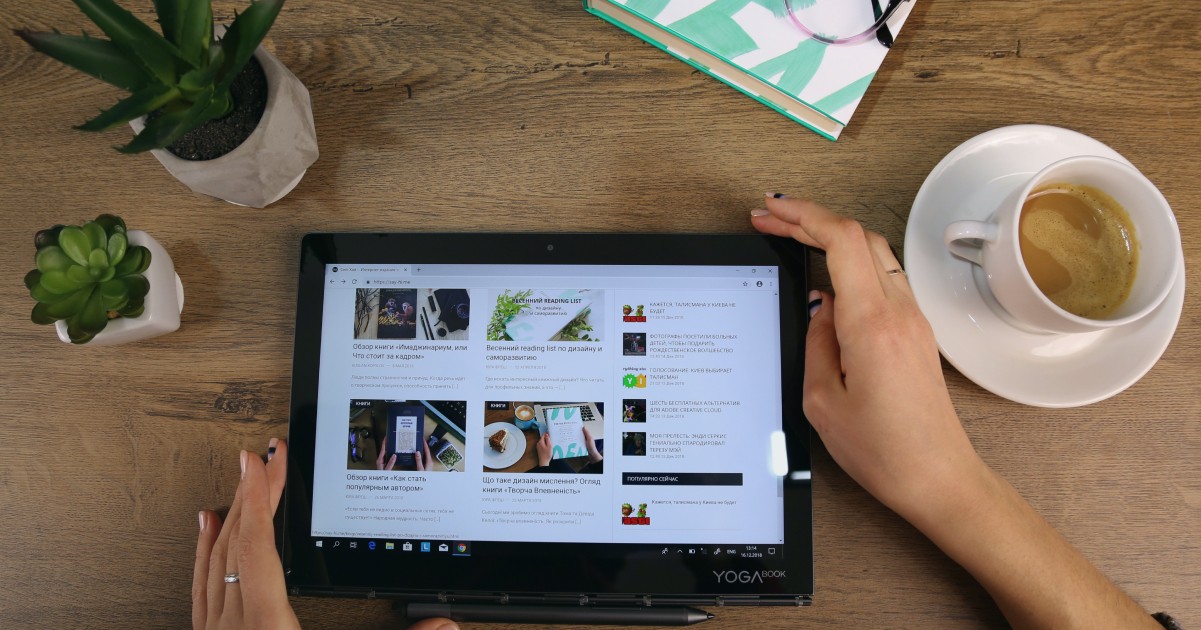
What Are Bylines? (And How to Write One)
If you write blog posts, articles, or news stories, you’re likely to come across the term byline. For a freelance writer, a byline is a way to take full credit for your work, get your name out there, and add to your portfolio.
But what is a byline, exactly?
This blog post will explain exactly what a byline is, why you need one, and how to write one.
What Is a Byline?
A byline is a line that tells readers who has written a piece of content (such as a blog post or article). At the very least, it comprises the author’s name, but a great byline can contain much more than that. Some bylines are more like mini-bios and may include a summary of the author’s background, a photograph, and contact information.
What Are the Benefits of Bylines?
As a freelance writer, it can be difficult to get your work noticed, but a byline can really help.
Your byline not only tells readers that you wrote a particular piece of content; it also gives them an insight into your areas of expertise. It allows you to establish credibility in that area and, in turn, develop a readership who trust your opinions.
Your byline also actively associates you with the brands and publications you write for. If that brand or publication is trusted, you are more likely to be trusted – so it’s a great way to boost your reputation. You are more likely to reach an audience of people who are interested in your particular area of expertise (whether that’s readers or potential clients). All of this can increase demand for what you do and the services you offer. Just keep in mind that readers tend to attribute the values of a publication to its writers, so take care that you do actually want to be associated with their values!
Finally, bylines help you build your portfolio. When seeking new writing opportunities, you need to be able to share examples of your work with potential clients. Clients want reassurance that you have the right knowledge and experience to deliver on their brief. Examples of previous work are the best way to showcase your skills and provide that reassurance.
How to Write a Byline
Whether you’re new to freelance writing or have plenty of experience, it’s important to get your byline right. Here are our top tips:
- Keep your byline to two or three sentences.
- Use around 50 words.
- Include a high-quality image that shows your confident, warm, and authoritative self.
- Emphasis your expertise but don’t try to sell your services.
- Show your personality or add in a fun fact, if it seems appropriate for the publication.
- Link to an incentive from your service or product range, such as a free template, course, or recipe.
- Link to a landing page for your blog or your website.
- Tailor your byline to each publication. Relevance is key.
It’s important to keep your byline short and punchy. People come to your article primarily because they want to read your content and learn from your expertise. Getting to know a little about you as the author is a great add-on, but it’s not their priority. So, what you say in your byline needs to be impactful.
Use strong words, such as “effective,” “reputation,” “specialist,” and “mission.” If you’re writing for an informal publication, add in adjectives that show your lighter side. There are thousands of dull bylines out there already. Don’t add to their number!
Focus carefully on the type of publication you’re writing for. A byline for a financial journal will contain very different vocabulary than a byline for a blog on life hacks for busy parents or for a magazine on classic motorcycles.
Your choice of photo is another means of influencing your readers toward seeking out more of your writing. If their first impression of you is confident, they’re more likely to have confidence in what you say.
Your byline is a great opportunity to direct readers to more of your content, so add in your website’s homepage or blog landing page, with an incentive if that’s appropriate. Your byline can really help you to build a following for your freelance writing.
Three Byline Examples
Our first example, from US Today, just gives the writer’s name, as is common in newspapers, whether online or in print.

The next example, from The Guardian, gives the writer’s name and a photo. The author’s name is a clickable link, which directs the reader to a portfolio of the author’s previous work for the publication.

This example, from the online version of the UK’s Motorcycle News, gives information about the writer’s role and his relevant interests. Much like the example above, the author’s name is a clickable link that takes the reader to a more in-depth bio, examples of previous work, and contact details.

Becoming a Freelance Writer
A good byline is the writer’s equivalent of a business card. We hope that, after reading our blog post, you’re ready to write your own!
If freelance writing is your dream career, let our Becoming A Freelance Writer course inspire you to realize that dream! The course covers everything you need to know to go from amateur wordsmith to full-fledged professional. Why not give it a go for free?





Your email address will not be published.